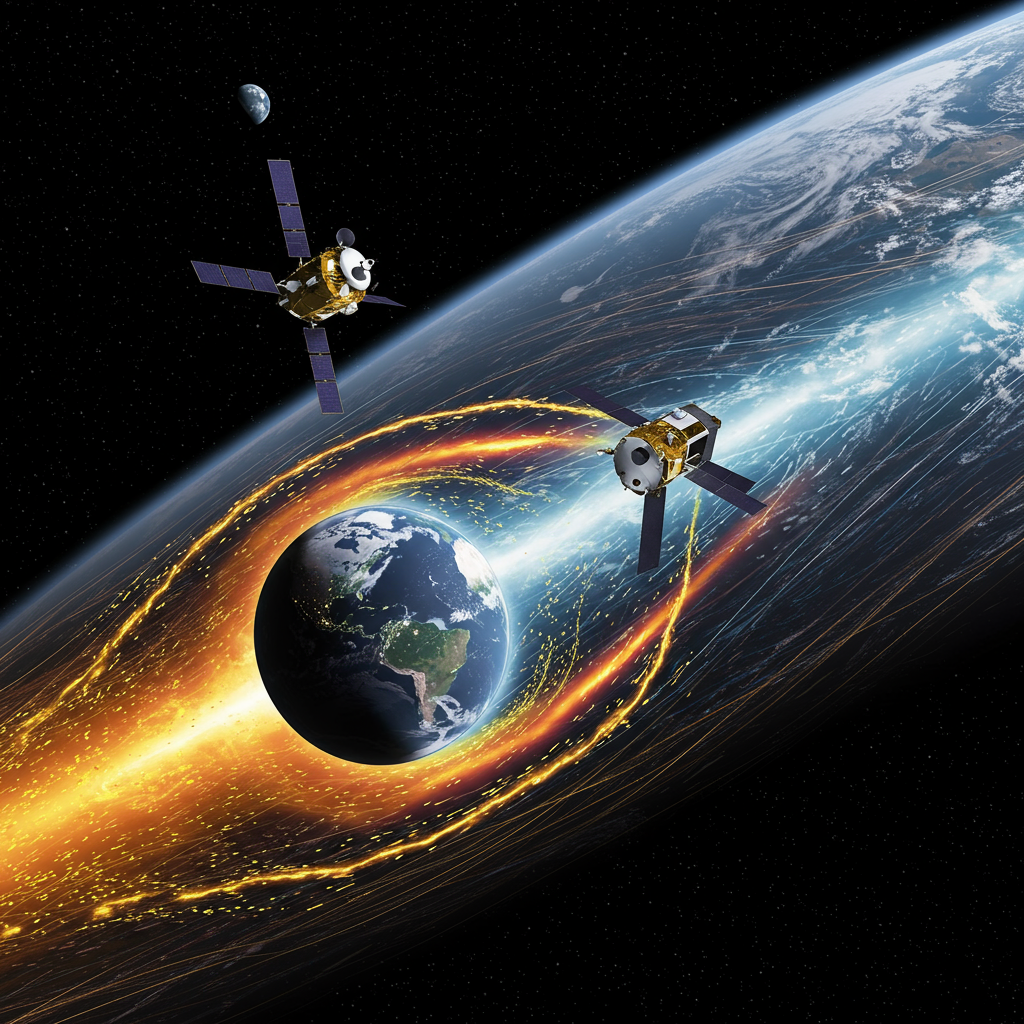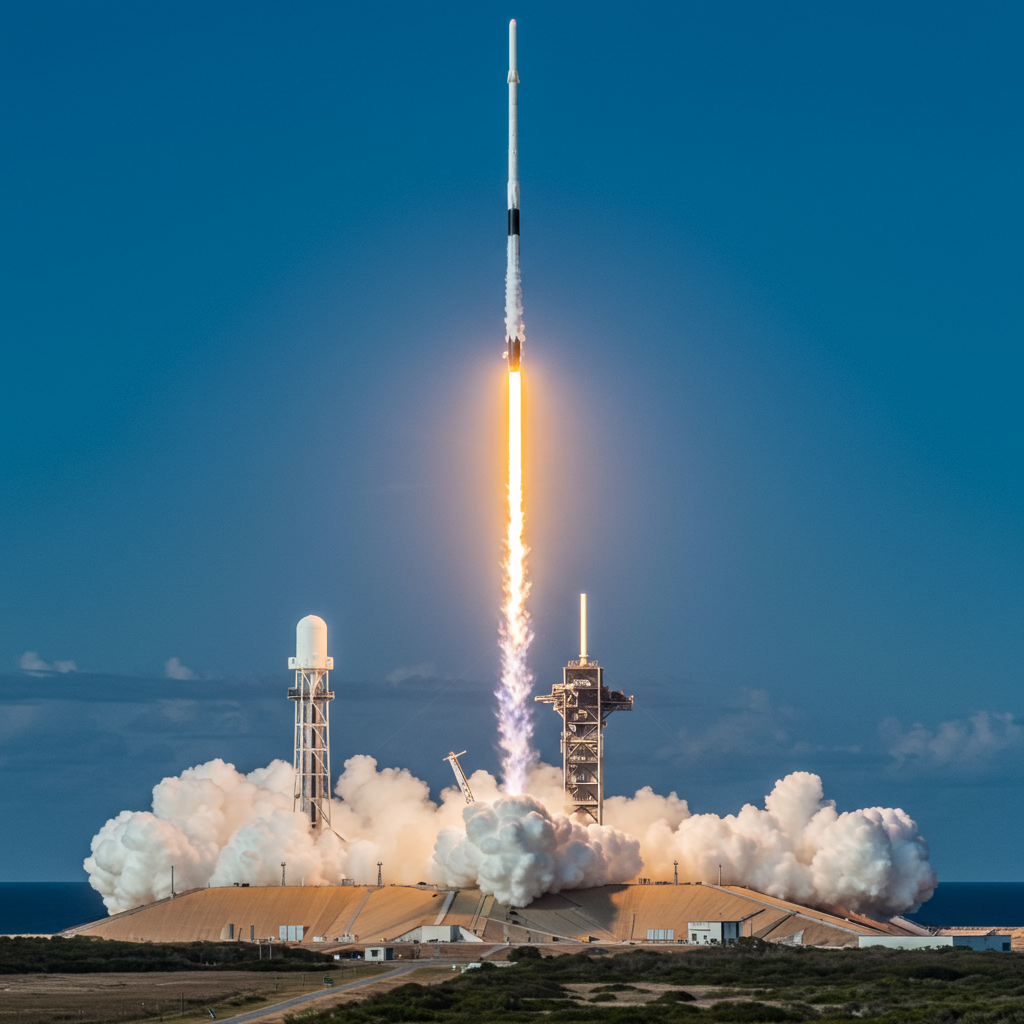SpaceX has announced a delay for its upcoming Transporter-14 rideshare mission launching from Vandenberg Space Force Base in California.
Originally scheduled for Sunday afternoon, the launch is now targeting Monday afternoon, June 23, 2025. The company cited unfavorable weather conditions as the reason for the schedule change.
The new one-hour launch window is set to open at 2:18 p.m. Pacific Time on Monday.
About the Transporter-14 Mission
The Transporter-14 flight is a dedicated rideshare mission carrying approximately 70 payloads into low-Earth orbit for a variety of customers. These missions are designed to provide access to space for numerous small satellites and other spacecraft on a single Falcon 9 rocket.
Payloads expected onboard Transporter-14 include:
Microsatellites
Nanosatellites
Re-entry capsules
Orbital transfer vehicles
Following stage separation, the Falcon 9 first stage booster is planned to land autonomously on the ‘Of Course I Still Love You’ droneship positioned in the Pacific Ocean.
Vandenberg’s Busy Launch Schedule
Vandenberg Space Force Base on California’s Central Coast is a highly active launch site for SpaceX. The base frequently hosts missions, including the deployment of large batches of Starlink internet satellites and various scientific payloads for organizations like NASA. Recent missions launched from Vandenberg include the Starlink 11-9 flight in April 2025 and the SPHEREx and PUNCH satellite launches for NASA in March 2025, showcasing the diverse range of missions originating from the site.
Common Occurrence: Launch Delays
Launch delays are a relatively common occurrence in the space industry, particularly at coastal launch sites like Vandenberg. Factors such as weather conditions – including winds, clouds, and precipitation – or the need for additional technical checkouts can necessitate schedule adjustments. Previous SpaceX launches from Vandenberg have also experienced delays ranging from a single day, as with the Starlink 11-9 mission, to multiple reschedulings, as seen with the SPHEREx/PUNCH launch.
SpaceX frequently recovers its Falcon 9 first stages for reuse. While some boosters return to land at Landing Zone 4 (LZ-4) at Vandenberg, which can result in sonic booms audible in surrounding communities, others, like the booster planned for Transporter-14, land on autonomous droneships stationed downrange in the ocean. The successful recovery and reuse of these boosters and droneships like ‘Of Course I Still Love You’ are integral to SpaceX’s efforts to increase launch frequency and reduce costs.




